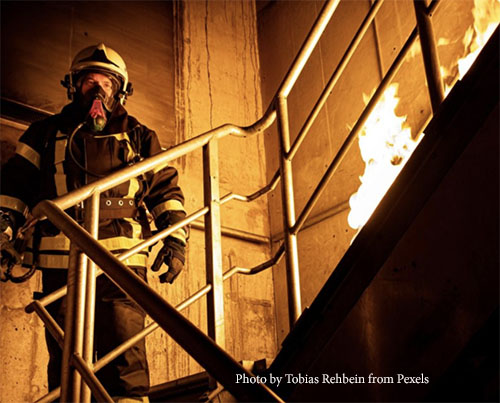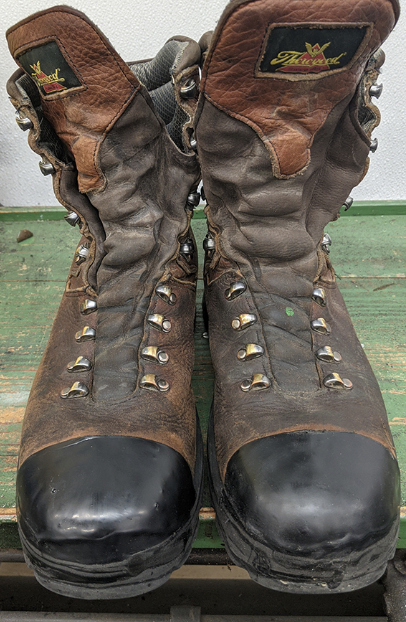Plan
Create an action plan that includes the following:
• Procedures for reporting fire and other emergencies.
• Procedures to account for all employees after evacuation.
• Procedures for employees who remain behind to complete critical operations before evacuating (such as turning off equipment).
• Procedures for employees performing rescue or medical duties.
• Names or job titles of employees who others can contact to find out more about the action plan.
• Training of designated employees who will assist others to evacuate.
• Review of the plan with every employee when the plan is developed or when they are assigned safety duties. Review again when the duty assignments change or the plan changes.
Inspect
Take a look at your facility to ensure a safe environment.
• The alarm system must be in working order. Further the system must have a distinctive signal for each purpose, e.g. fire, tornado, etc.
• Sprinkler systems must be on and working properly.
• Are your fire doors easily opened?
• Make sure walkway layout does not require workers to come close to equipment with moving parts or sharp edges.
• Ensure that exits are placed so that employees do not have to move toward hazardous areas in order to exit the building.
Neaten
Make walkways and exits safely navigable.
• Walkways and exits should be clear of extraneous items that could impede progress.
• Ensure, as much as is feasible, that walkways are dry.
• Fix hazards such as loose boards. Ensure that walkways are ice-free.
• Ensure exits are free of explosive or highly flammable items.
• Look for possible obstacles to safe navigation of walkways and egress of buildings.
Consider This: Trips, slips and falls are the most common workplace accident. Making certain that there are no obstacles to moving from one place to the other is one of the most important safety precautions that a company can undertake. RF
Note: This is a condensation of some of OSHA’s basic guidelines.
For OSHA’s Full Guidelines:
See https://www.osha.gov/laws-regs.



















